Australian households, if supported by governments and the private sector, could be the vanguard of decarbonisation. Castles and Cars, published today by Rewiring Australia, posits that despite Australia’s federal foot dragging and coal-intensive grid, the country has all the tools it needs to rapidly cut emissions and save individual households thousands along the way.
The average Australian household uses 102 kWh of energy a day at a cost of $5,248 a year, according to the report, much of which comes down to the operational expenditure on emissions-heavy fuels like petrol and gas, typically used to power cars, stoves, and heaters.
But replacing these fossil-fuel powered appliances and vehicles with versions which can run on electricity generated by solar systems could save the households $5,443 a year and cut their emissions to zero, the report finds.
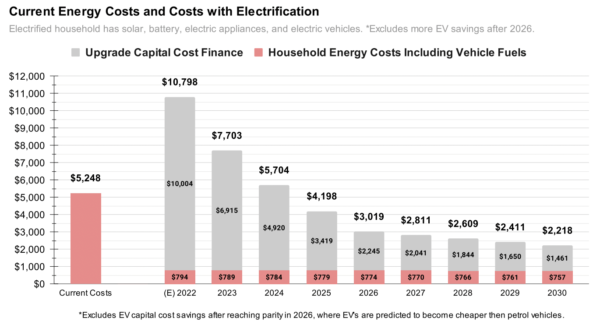
“There is nothing but good news stories if we apply enough optimism and enough ingenuity,” Saul Griffith said at the report’s launch today, which came in the form of a webinar featuring Lily D’Ambrosio, Victoria’s Minister for Energy, Environment and Climate Change, and Richie Merzian from the Australia Institute. New South Wales’ Minister for Energy and Environment, Matt Kean, was also supposed to be joining the online talk, but instead spent the day being sworn in as the state’s treasurer, a position he will hold alongside the environment portfolio, following premier Gladys Berejiklian’s shock resignation last week.
Griffith, who has advised the Biden administration on its energy policy, is cognisant that while the necessary technology is already here, new levels of cooperation will still need to be established. “This is not going to be solved without a public-private partnership like we’ve never seen before,” Griffith said.
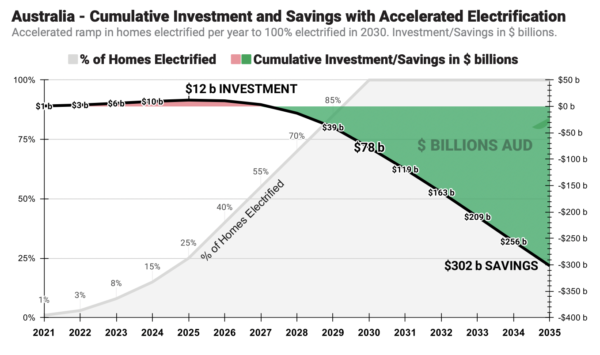
“Government has to make the regulatory costs go away… and banks and individual households need to come to the table to finance it because it’s beyond a single government.”
“We need to get in it together as communities, as households, as nations and we need to solve these problems and look creatively.”
What it might look like to electrify everything, starting at home
While electrifying everything sounds like a simple and neat solution, it hits a major snag right out the gate – capital expenditure. Households with solar systems might not have to pay any operational costs once they have the appliances (if they use them wisely), but as it stands most electric things aren’t cheap to buy or install.
Which is where governments come in, with the report saying rebates and financing to low income households during the transition should “be a national priority”.
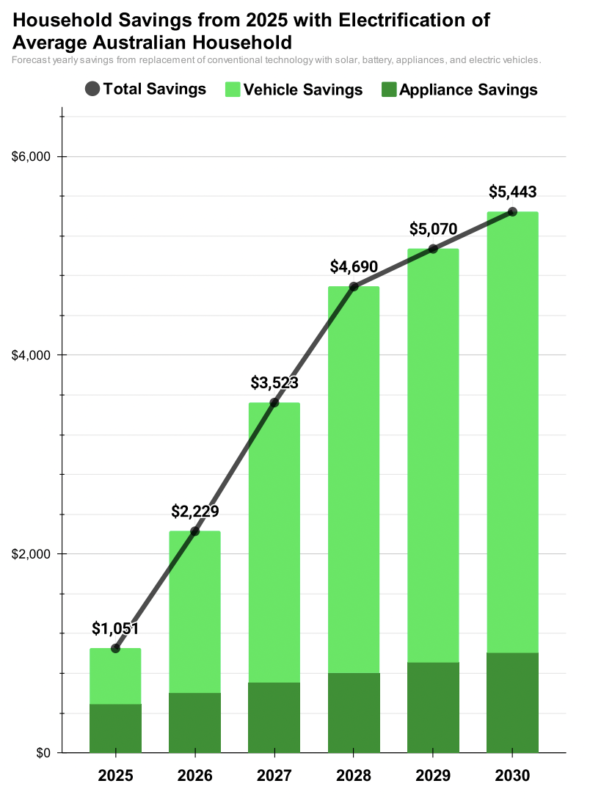
“If we begin electrifying our homes with roughly 3% in 2022, 15% in 2024, and 40% in 2026, the spending required to pay for the capital cost difference (or break even point) is predicted to be around $12 billion in total,” the report reads.
“For context, that’s just roughly ~9% of what we are predicted to have spent on the Covid-19 response in the last two financial years, or roughly ~18% of our defence spending in those two years.”
Moreover, the report estimates the cumulative savings will be more than $300 billion by 2035.
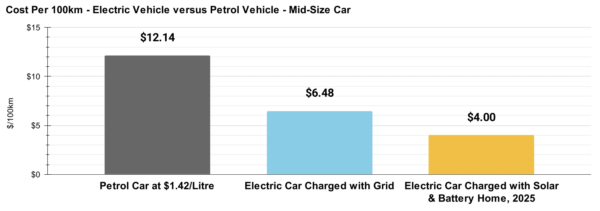
Heat pumps
Interestingly, the report hones in on heat pump technology in particular, saying: “water heaters or space heaters burning natural gas use about three times as much energy as a heat pump for the same result.
“A heat pump is the technology that makes your refrigerator and your air conditioning work, and can be run in a reversible or mini-split system to also heat your home or water. Heat pumps use electricity to separate out the heat and the cold from air. They typically need only 1 unit of electricity to make 3-4 units of heat.”
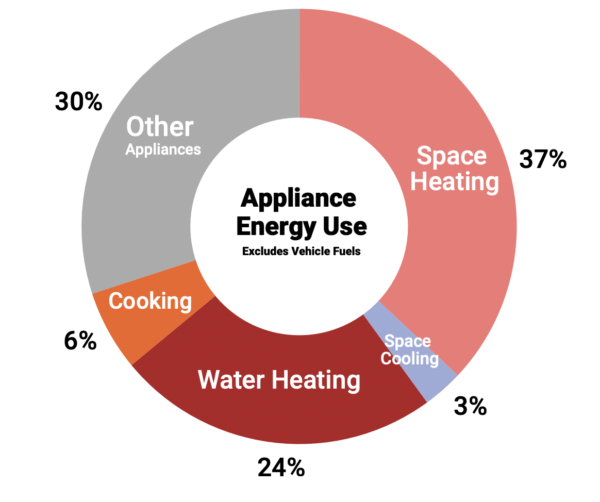
Pv magazine has been focussing heavily on heat pumps over the past few months, examining the prediction the technology could be one of the decade’s most significant turns in energy efficiency and therefore decarbonisation.
“We have the ideas, we have the creativity. We’ve got to loosen the grip on some of the things we hold a little bit too dear and actually realise there are better solutions and they are right here right now,” Griffith said.
This content is protected by copyright and may not be reused. If you want to cooperate with us and would like to reuse some of our content, please contact: editors@pv-magazine.com.
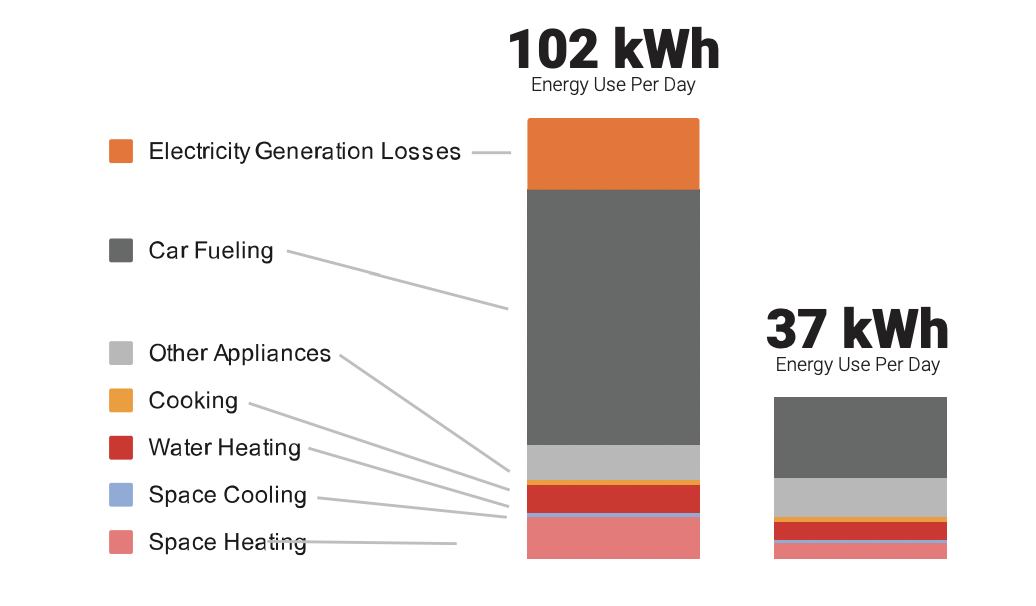
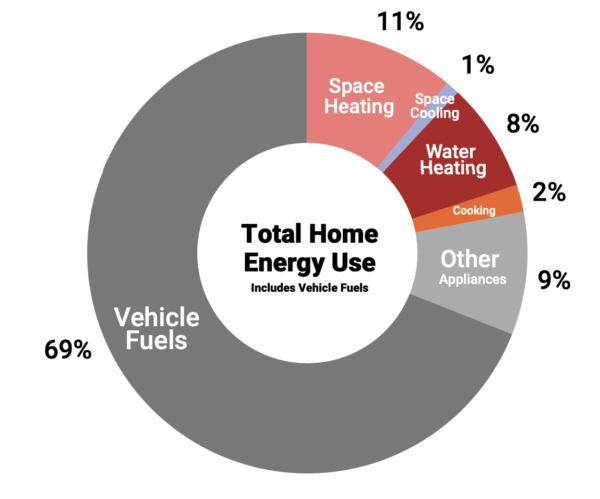








1 comment
By submitting this form you agree to pv magazine using your data for the purposes of publishing your comment.
Your personal data will only be disclosed or otherwise transmitted to third parties for the purposes of spam filtering or if this is necessary for technical maintenance of the website. Any other transfer to third parties will not take place unless this is justified on the basis of applicable data protection regulations or if pv magazine is legally obliged to do so.
You may revoke this consent at any time with effect for the future, in which case your personal data will be deleted immediately. Otherwise, your data will be deleted if pv magazine has processed your request or the purpose of data storage is fulfilled.
Further information on data privacy can be found in our Data Protection Policy.